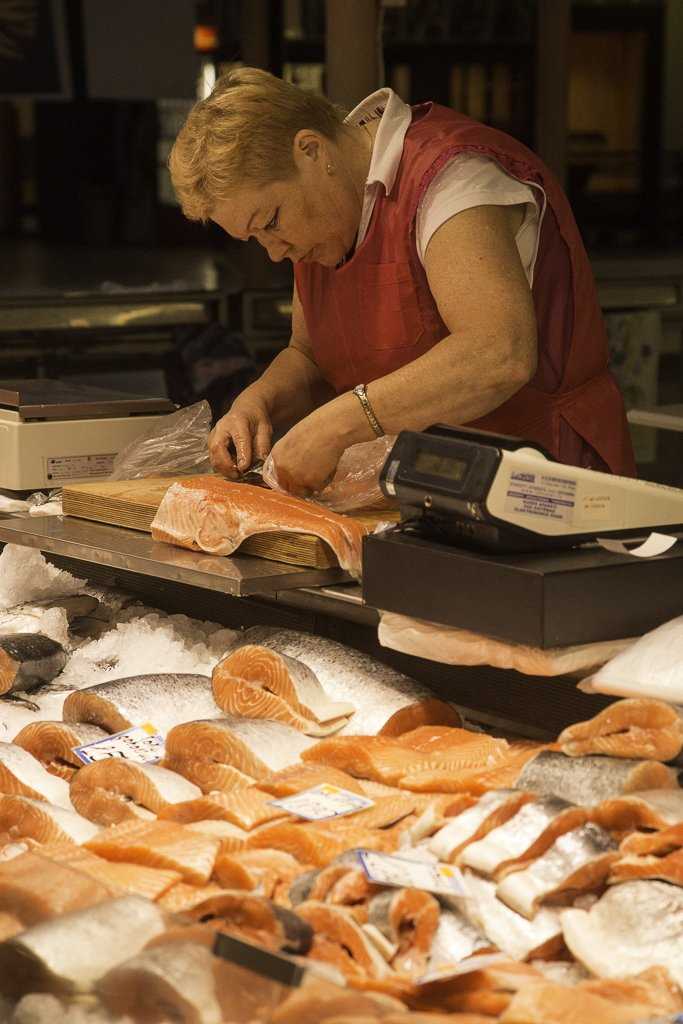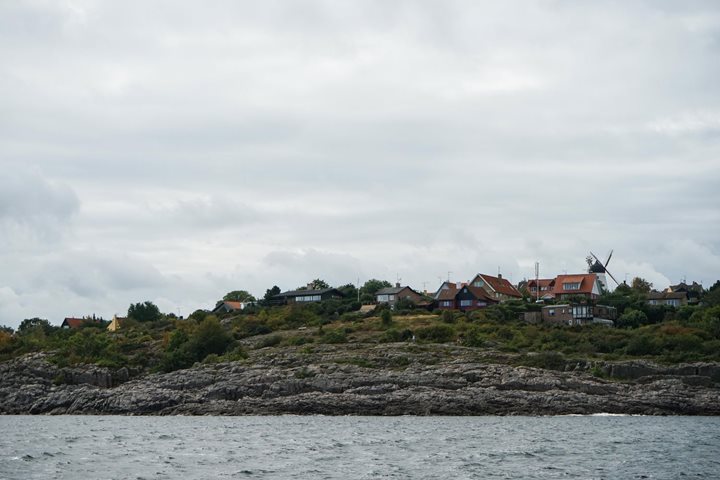The law of unintended consequences often warns us of hidden problems. Introduced species frequently run wild and devastate native ecosystems, regardless of whether they were brought to their new homes for the best or worst of reasons. Political decisions, seemingly fair and beneficial, can wind up making a bad situation even worse.
But, occasionally, things can work exactly the opposite way. The great flow of war and economy that has surged back and forth through Eastern Europe and the Baltic states for centuries has had tremendously destructive effects, but today in Riga, the beautiful capital of Estonia, we saw one of its unintended consequences: preservation. Riga, remarkably, is the Art Nouveau architecture capital of Europe. This small city has the greatest density of Art Nouveau buildings remaining in any European city: almost two thirds of the city center was built in the late 19th and early 20th Centuries when this style flourished. They are a great treasure of architectural history, for their wonderful state of preservation and for their unique, Rigan style.
The fact that these buildings remain, when so many others in Paris, London, Berlin and other capitals have fallen to the wrecker’s ball, is a direct, unintended result of the city’s recent history. In the late 19th Century Riga was a vibrant cultural center and an important regional port. The middle class flourished and engaged a number of important architects to design and build lovely apartments and mansions in the prevailing style of the time: Art Nouveau. But in the following decades, when styles changed and many architectural masterpieces were pulled down in other European capitals, Riga fell on hard times and there was no money for new construction. Consequently, the lovely buildings from the turn of the century remain for us to enjoy today.
And enjoy them we did. Some of us took the opportunity for a guided architecture walk through the finest neighborhoods of the city and everyone was able to see some examples of this delightful and eclectic style and learn about them from our guides as we drove through the city. Other periods and styles of architecture also figured in our explorations of Riga. In the morning we visited the huge main market of the city, which occupies five enormous buildings that were constructed from the frames of surplus zeppelins after the Second World War. And in the afternoon we drove out of the city to the outdoor Ethnographic Museum, a painstakingly reconstructed village of traditional buildings, that covers over two hundred acres, its buildings linked by trails that wind through a quiet forest of birch and pine.






